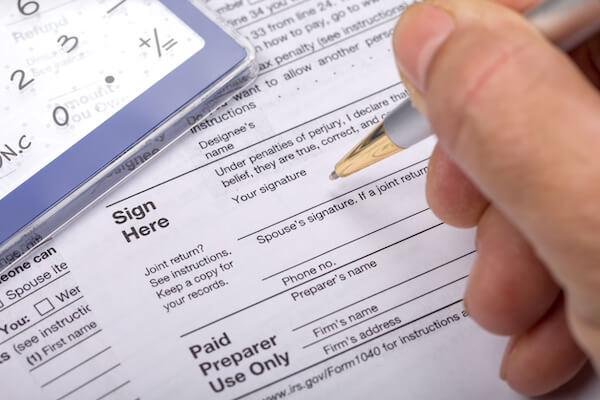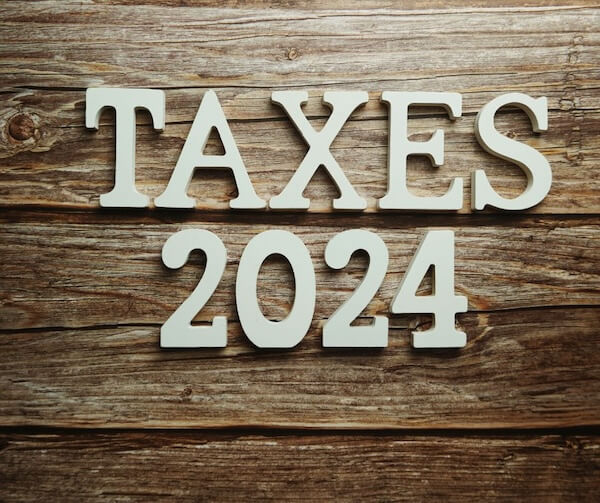The IRS officially kicked off the 2024 tax season in late January by announcing that it is expanding the filing options for taxpayers. At Tuffy & Associates, we are here to make that process go as smoothly as possible as we work to fulfill both your federal and state tax obligations when filing your tax return.

You can access our new client portal to make the process even faster and more efficient.
Like other tax professionals across the nation, we provide a critical link between the IRS and you, the taxpayer, carefully navigating issues for our clients while at the same time keeping abreast of the latest tax law changes.
What You Can Do
There are several things you can do to make the process easier for you — and for us.
It is important to be prepared and have all the necessary documents at your fingertips before filing.

The IRS as well as your state tax authority will ask for your social security number and that of your spouse and dependents, if applicable, as well as date of birth information.
In some cases, you’ll need copies of last year’s tax returns, and if you want to electronically receive your tax refund, you’ll need to submit your bank account/routing numbers with your filing.
Here is a list of the typical IRS forms that you need to be familiar with. Which ones you need will depend on your circumstances.
IRS Form 1040/1040-SR for Seniors
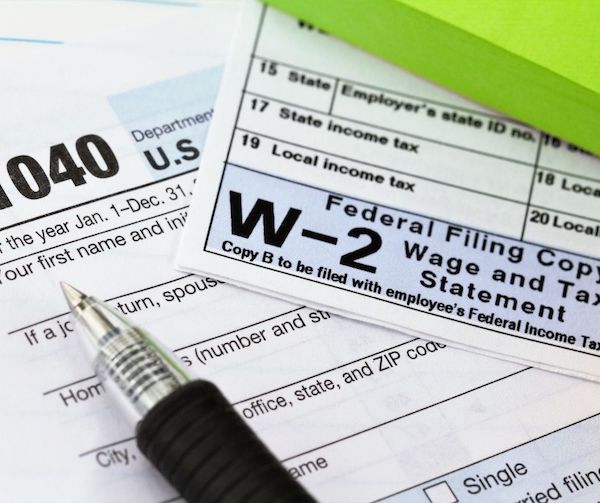
This is the standard federal income tax form that most people use to report their income. It is also used to claim tax deductions and credits and to calculate a tax refund or tax bill for the year. It comes with three Schedules that we’ve outlined below.
Schedule A
Schedule A allows you to itemize deductions such as property taxes, charitable contributions, mortgage interest, state taxes, medical expenses, or a variety of other tax break options.
Schedule B
This form tallies all the taxable interest and dividends over $1,500 that you might have received in 2023, including from IRAs and 401(k)s.
Schedule C
Schedule C is for freelancers and small business owners. You can deduct expenses related to the growth and development of your business, such as advertising, home office expenses or office supplies.
Schedule D
If you traded stocks, bonds, or other financial instruments in 2023, then you will need the Schedule D form as it allows you to report both profits and losses.
W-2 Form
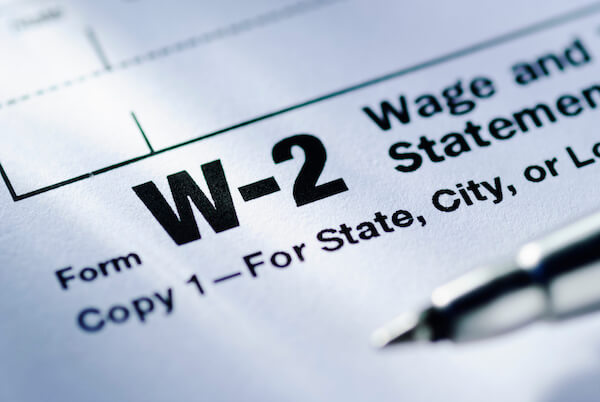
The W-2 is an IRS form that you can expect to get from your employer early in the calendar year. The W-2 shows how much your employer paid you during the year, what you contributed to your company’s retirement plan (if you have one) and the amount of taxes withheld on your behalf. The IRS also gets a copy of this form.
1098 Form
If you have a mortgage, this form allows you to use the interest ($600 or more) you paid as a tax deduction. Students can also use a variation of this form (1098-E) to see if they are eligible for a tax deduction on the interest that they paid on their student loan in 2023.
1099 Form
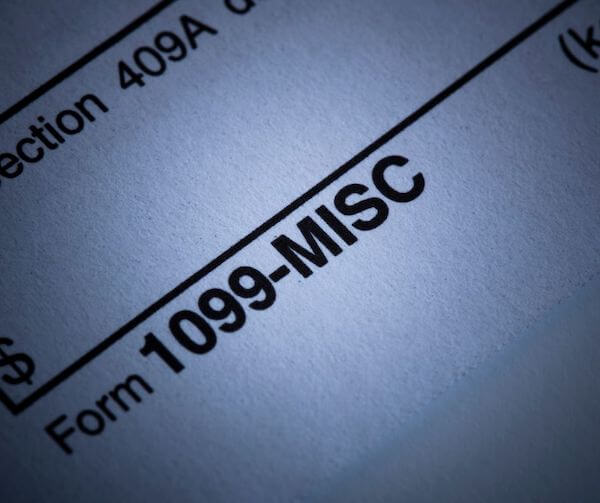
There are several 1099 tax forms available from the IRS, but the most common ones are the 1099-DIV, 1099-INT, 1099-OID, 1099-MISC and the 1099-NEC. All of these forms reflect income received from a source other than an employer.
The IRS expects to see more than 146 million individual tax returns for 2023 to be submitted this filing season before the official filing deadline of April 15th.
Do you need assistance filing your tax return? If so, be sure to contact us at [email protected].

